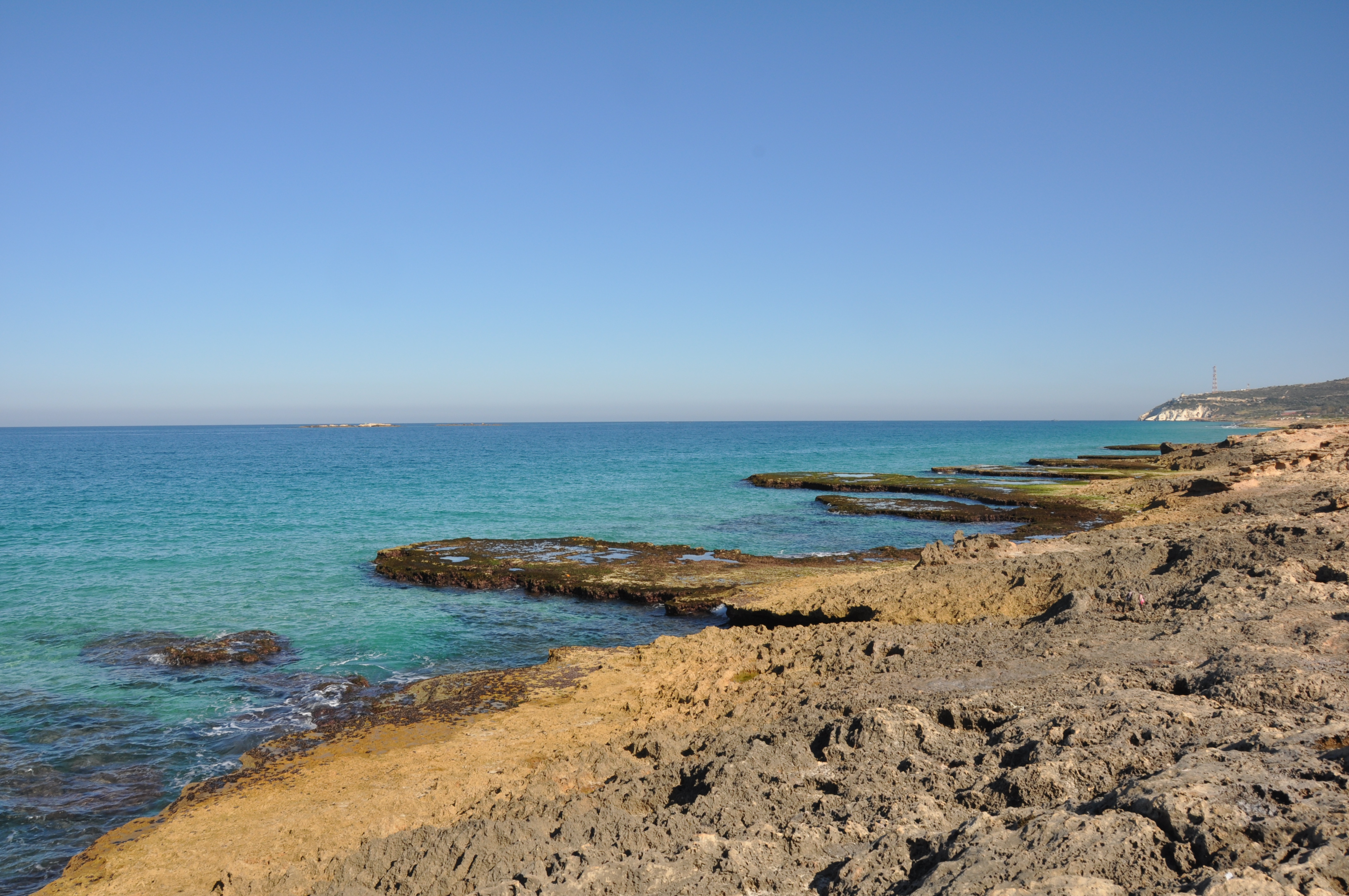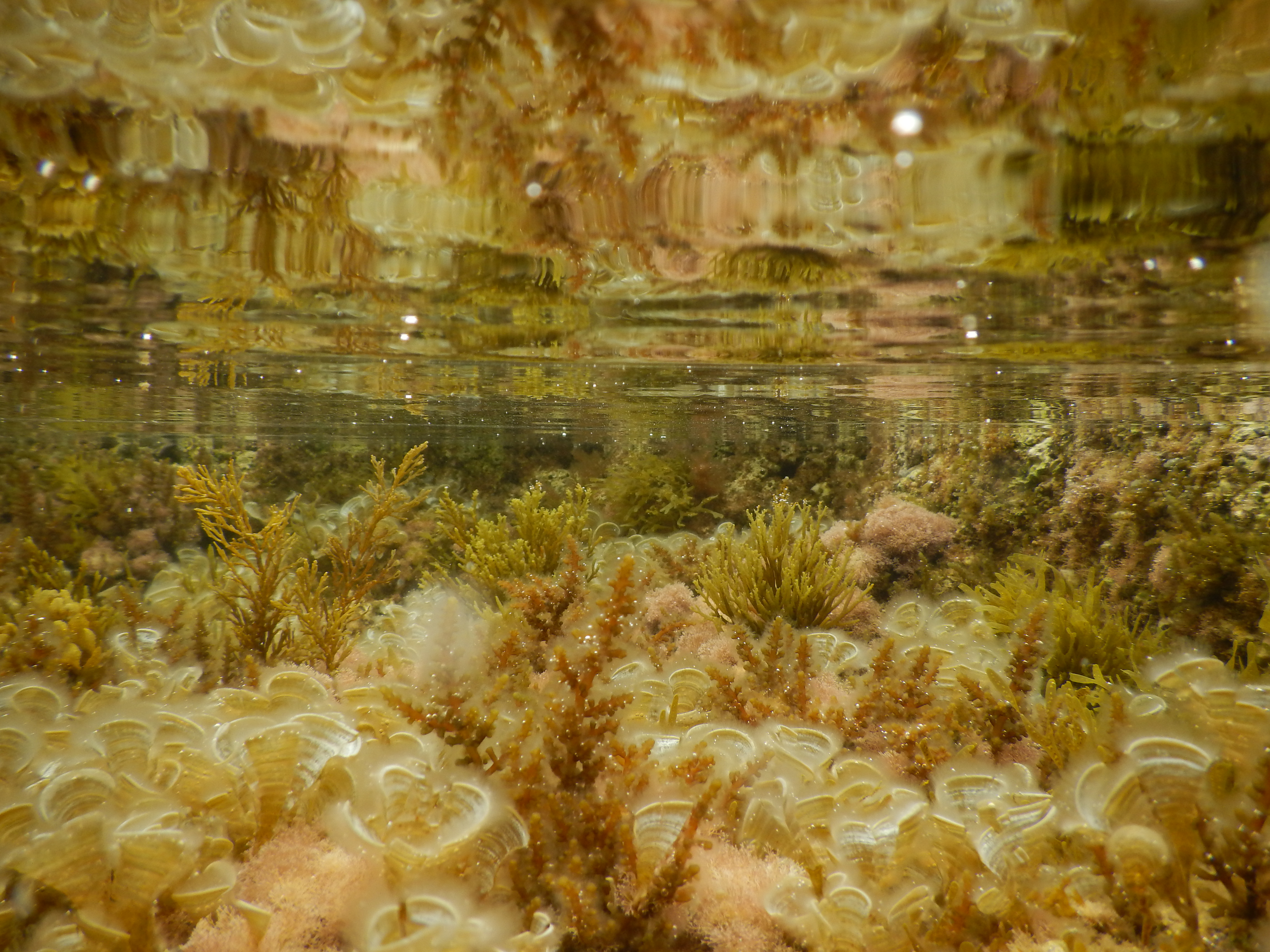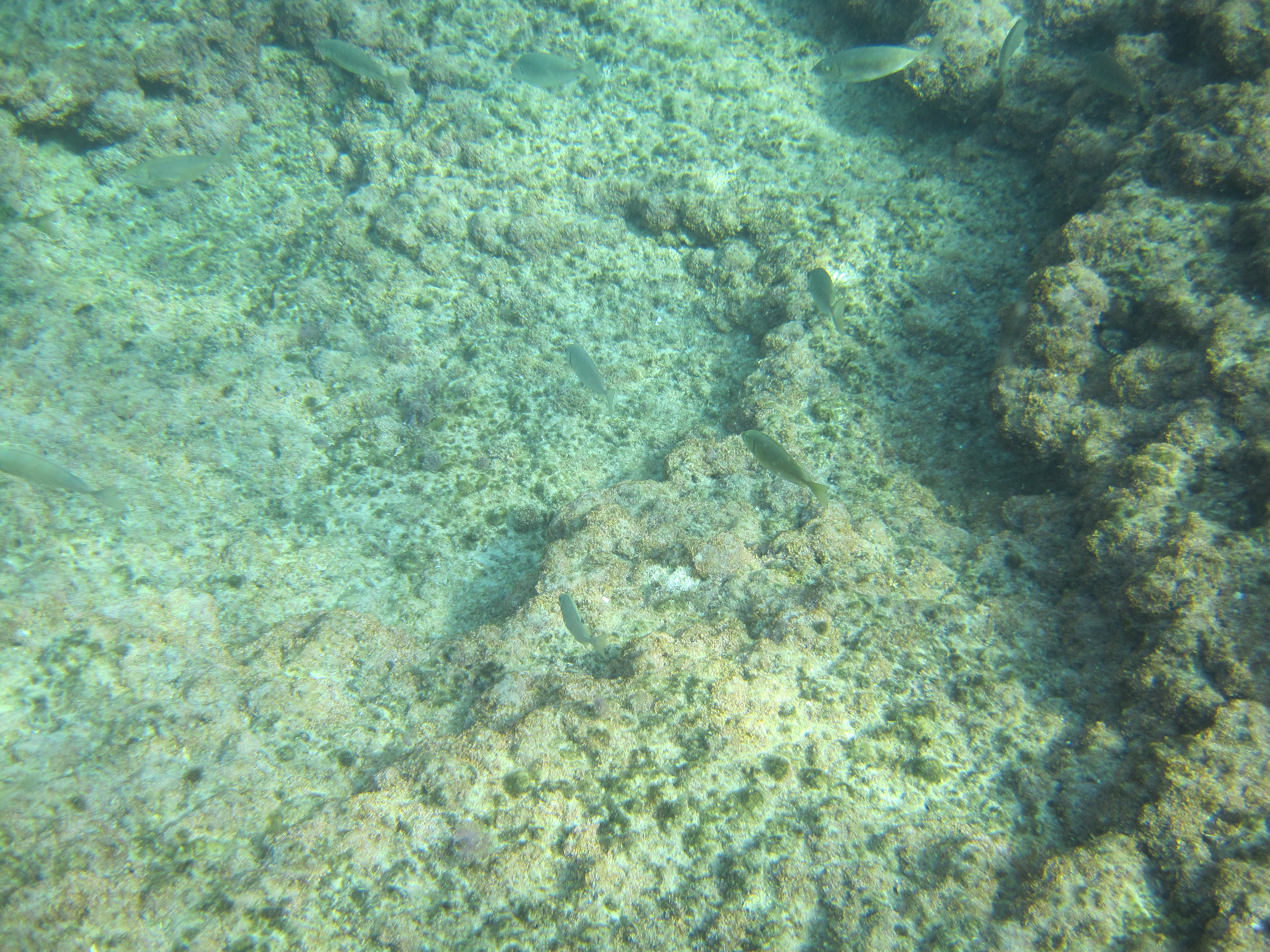A new study reveals a danger that threatens one of Israel's rich and unique marine habitats, and which has not received any real attention until now: sea level rise
Marine life is currently under constant attack. Recently, an unprecedented heat wave led to apocalyptic scenes along the coast of British Columbia, Canada, as millions of oysters died from the extreme heat and filled the area. The heat wave also affected many other marine animals, such as snails and starfish, and an estimate of Over a billion marine animals died As a result, she is considered conservative.
Among the many different factors that threaten the marine ecosystem, Sea level rise has not yet received significant attention in this context. Yet, In a new study It was revealed that one of the richest areas in terms of biological diversity in Israel, which constitutes a unique and rare habitat, may disappear completely in the coming decades due to the phenomenon.
These are the classification tables: Rocky reefs that are found along the coast and that exist at the seam line of the tides, so that they are under water some of the time - and above it at other times. You can find classification tables on about 10 percent of Israel's beaches, And especially in the north of the country: in Rosh Hankara, in Achziv, in Acre, in Shakmona, in Hoof Bonim, in Makmurut and in Neve Yam, but they also exist in the center of the country and even in the Palmachim. The tables are held on rocky beaches made of chalk or limestone - soft rock types that are eroded by the waves.

The unique areas of the tables are inhabited by hundreds of species of animals, among which there exists a complex web of interrelationships: algae, sea lilies, invertebrates, crustaceans and a variety of tiny creatures - many of which are unique to the habitat. In addition to the unique ecosystem that exists in them, the reef tables play a role in reducing the erosion of the coastline, which can lead to the collapse of cliffs, by absorbing some of the wave energy.
When the sea will rise by 50-40 centimeters
In the new study, recently published in the scientific journal Science of The Total Environment, the researchers examined the effect of global sea level rise on the tide tables. Following the melting of the glaciers in Antarctica, the continental ice in Greenland and the glaciers on the mountain peaks around the world, as well as due to the expansion of the sea water as a result of its warming by one degree Celsius, the global sea level rose byClose to 25 centimeters In the last 150 years - of which about nine centimeters in the last 25 years alone. "In the most optimistic forecast, an increase of at least 50-40 centimeters is expected by the end of the century," explains Prof. Gil Rilov, a researcher at the National Institute of Oceanography for the Study of Seas and Lakes in Israel and in the Department of Marine Biology at the University of Haifa, who led the new study.

The effects of sea level rise can already be seen today in various island countries around the world, such as Micronesia in the Pacific Ocean, where the area of some of the islands has already shrunk significantly and some of them have even begun disappear completely from the map. Sea level rise has caused many to lose their homes in Bangladesh, and has also begun to affect parts of the US coastline: the city of Miami in Florida, for example, is struggling with flooding caused by sea level rise. The phenomenon will not pass over Israel either, and the level of the Mediterranean Sea on the country's coasts is also expected to rise.
A significant drop in biodiversity
In the first phase of the study, which was conducted in collaboration with researchers from the Technion, the researchers used a laser scanner to obtain an accurate mapping of the height and topography of the tying tables in different regions of Israel. The findings showed that even a relatively modest rise in sea level, of 30 centimeters, would submerge 100 percent of the surface of the tables - that is, instead of the surface of the tables being in the water part of the time and exposed to the air the rest of the time, they would be submerged in the water all day long.
In the next phase of the experiment, the researchers wanted to find out the effect such a subsidence of the reef tables would have on the biological diversity that inhabits them. The researchers placed samples of thriving tables at a slightly greater depth than usual, so that they were underwater all day long. Some of these samples were placed in a protective cage, to prevent algae-eating fish from accessing them, thus isolating their effect.
After a 99-day follow-up, it was discovered that without a protective cage, almost nothing remained of the rich habitat of the nesting tables. "Most of the biomass has disappeared from these cores and the biodiversity on them has greatly decreased," says Rilov. The reason for this is probably the activity of the Rabbit Fish, two invasive species (Siganus rivulatus and-Siganus luridus) who arrived on the shores of Israel through the Suez Canal and are known as Professional algae exterminators.

The samples that were placed in the cage were protected from being harmed by the fish, but even in them, harm was observed in many of the species that are characteristic of the grouping tables, which did not manage to survive the sinking under the water. "The kelp, a type of algae that is typical of the tidal zone on the rocky coast, disappeared throughout the experiment from the cores that were protected from fish grazing by cages, and in its place other species of algae appeared, which are more characteristic of the reefs under water," explains Prof. Gil Rilov from the School of Marine Sciences Charney at Haifa University. Since it is impossible to build protective cages for all the existing reef tables, the conclusion of the study is that a significant drop in their biological diversity is expected when they become underwater.
Consider an artificial solution
One may wonder - why aren't other division tables created above the new water level line, which will gradually replace the existing tables and preserve the habitat? The answer to this lies in the fact that the tables were created thanks to the activity of a small and unique snail that lives in them, called a beaver tuber. The beaver is an "environmental engineer" species: that is, it can largely shape its habitat, thereby influencing other species as well. In the construction tables, the construction pipe stopped the erosion of the rock and created the special horizontal surfaces, which are exactly at sea level.
The problem is that the beaver is disappearing from the shores of the State of Israel. Although the reason for this is not known for sure, the hypothesis is that this is rooted in the fact that the water temperature has increased by about 3 degrees Celsius in the last 3 decades - which caused the disappearance of dozens of species of marine creatures from Israel (such as The water urchins).
Beyond the efforts to moderate the rise of the sea level in the coming decades, it is possible that there is a technological development that could enable the rescue of the unique species of the habitat from extinction. "We should consider providing an engineering solution to the problem, which is based on marine ecological construction," says Rilov. The solution he offers is the construction of artificial tables from ecological concrete - for example, using the products of the ecological start-up company "Aconcrete", founded by the late Dr. Shamrit Perkol-Finkel, whose new research is dedicated to her memory, together with Dr. Ado Sela. The company specializes in the construction of structures that are friendly to marine life - the kind that may allow the creation of artificial reef tables, which will be built each time at the height of the higher sea levels, and will constitute an alternative habitat that will be inhabited by the species that are in danger of disappearing. "Given a suitable substrate, the rate of regeneration of the various species is very fast, and within a few years they can become well established", concludes Rilov.
